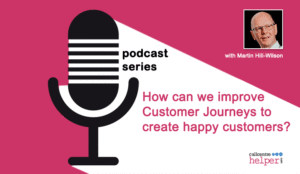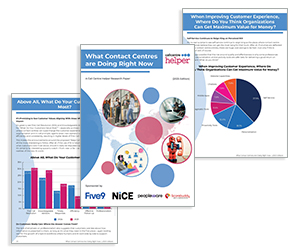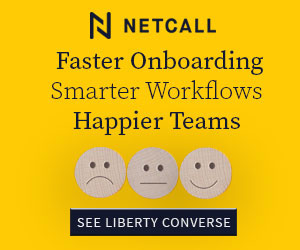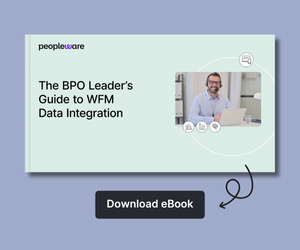Journey mapping is a powerful tool for understanding and improving the customer experience.
When done well, it helps contact centres see their services through the eyes of their customers, identifying pain points and opportunities for improvement.
However, many organisations struggle with where to start or how to use journey mapping effectively.
To find out more, we asked Martin Wright, Customer Journey Consultancy, to share five key lessons on how to make journey mapping effective.
Video: Five Steps to Map Customer Journeys
Watch the video below to hear Martin outline five lessons learned from over 20 years of customer journey mapping:
With thanks to Martin Wright, Customer Journey Consultancy, for contributing to this video.
This video was recorded when Martin Wright was a panellist on our 2022 webinar ‘Making Customer Journey Mapping Easier‘
5 Key Lessons from 20 Years of Journey Mapping
By following these five steps, contact centres can create journey maps that truly improve customer experience and drive better outcomes:
1. Start Simple
Many contact centres try to map out every detail at once and get lost in complexity. Instead, start with two very different customer segments and focus on their journeys, as Martin explains:
“I would say start simple. It’s very common for people to want to start by boiling the ocean, and they just get completely lost in the detail. You’ll have dozens of segments, and perhaps millions of customers. But I would start with just two.
Pick two very different people and look at the journey from their perspective. Then by all means, as you begin to develop more confidence and experience, you can begin to drill down into as much detail as you can and explore more segments.”
Once you gain confidence, you can expand and add more detail.
2. Engage Stakeholders Early
Stakeholder buy-in is crucial. Understanding their perspectives and challenges will help you align them with the mapping project.
“The second thing I want to get you to think about is engaging stakeholders early. Once you’ve stood in your colleagues’ shoes and seen what the implications of mapping might be for them, then that’s a great way to arm you to go and speak to them, and to get them lined up and aligned behind your mapping project.
There’s a few things that you really need to think about. A couple of those often get missed, such as what’s in it for them, besides potentially hard work, if they’re going to change stuff. And what are any red lines?
So quite often, for example, we’ll find we haven’t got any capacity to change the CRM system for the next two years or whatever it is. You need to know that and build that into your scope right at the outset.”
Consider what changes will affect them and any limitations, such as system constraints, that need to be factored in from the start.
3. Gather Customer Insight
A journey map is only useful if it reflects real customer experiences. Relying on internal assumptions can be misleading.
“The thing that we find is most important is customer insight. If you haven’t got really good, relevant customer insight about how they’re feeling about their experiences, then it’s just the internal perception of what’s going on. And very often that’s wrong.”
Ensure you collect accurate customer feedback to understand how they feel at different touchpoints.
4. Tap Into Emotions
Customer journeys are not just about logic and efficiency. Emotions and subconscious reactions play a huge role in decision-making.
First impressions and unconscious bias shape how customers perceive their experiences, so they must be considered in journey mapping.
“Think about the power of emotions and the subconscious. We’re all business people, and very often we just think that these are rational things, like customer effort, and all of that kind of stuff. We forget how powerful that unconscious bias and first impressions are.
Psychologists tell us is that a rational mind is a bit like the mahout sitting on the shoulders of a huge elephant. He thinks he is in control, but we know if the elephant really decided to do something else, he’d be in a lot of trouble.”
5. Use KPIs to Drive Change
Metrics should highlight areas for improvement, not just confirm success. Some companies use KPIs to reassure leadership that everything is working well.
Instead, CX measures should identify gaps and drive meaningful change, as Martin explains:
“The final point I’d like to leave you with is about KPIs and CX measures. All too often, and with people being what they are, we find companies are unconsciously using their KPIs and their CX measures not to drive change, but to say to the boss what a brilliant job they’re doing, and how actually they don’t really need to change very much at all.”
If you are looking for more great insights from the experts, check out these next:
- Two Types AHT and How to Measure Them
- The Different Types of Dialler Explained
- Understanding Customer Experience (CX)
- Emotional Motivators and Their Impact
Author: Robyn Coppell
Reviewed by: Hannah Swankie
Published On: 6th Dec 2022 - Last modified: 12th Jun 2025
Read more about - Video, Customer Experience (CX), Customer Journey, Martin Wright, Videos











































